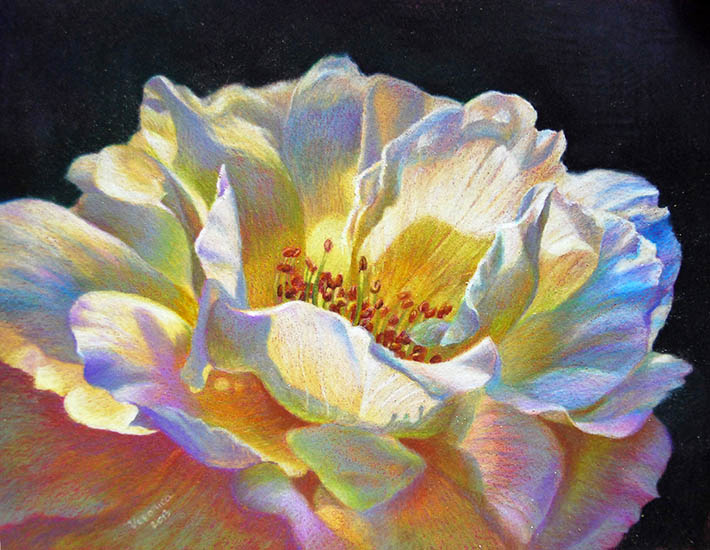Delve into the creative world where floral design meets fine art! Discover how local florists find inspiration in timeless masterpieces, translating their beauty into exquisite flower arrangements.
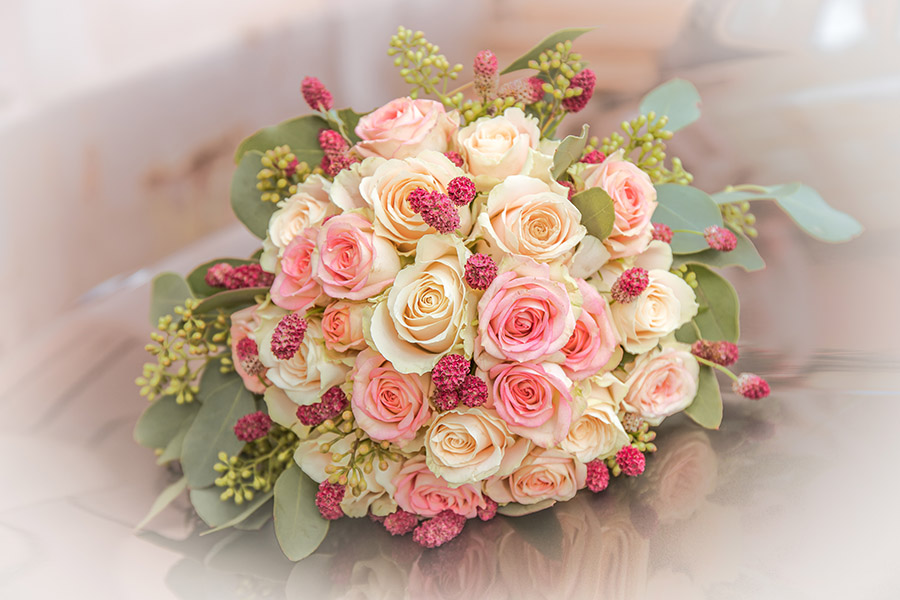
Artistic Blooms: How Local Florists Draw Inspiration from Masterpieces
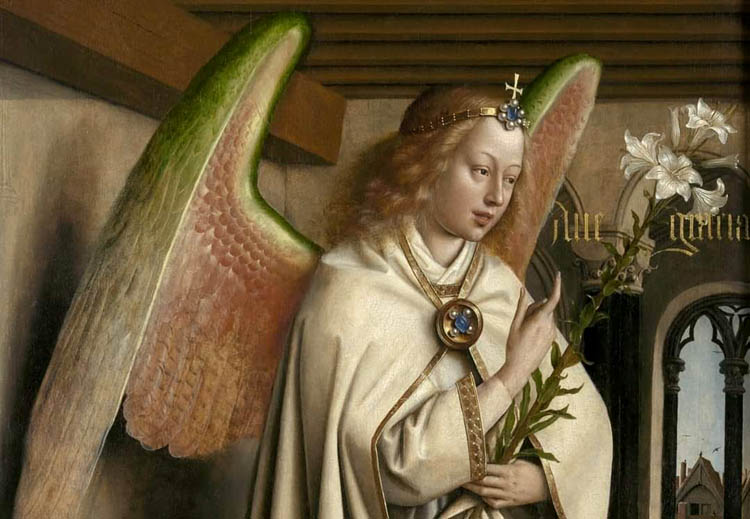
Floristry stands at the crossroads of art and nature, where creativity meets the delicate beauty of flowers. Local florists are not just purveyors of blooms; they are artists who leverage their craft to transform floral arrangements into stunning visual masterpieces. One overlooked aspect of their artistry is the inspiration they glean from renowned artworks. This article delves into how local florists by state draw on artistic masterpieces to enhance their floral designs.
The Influence of Art on Floral Arrangements
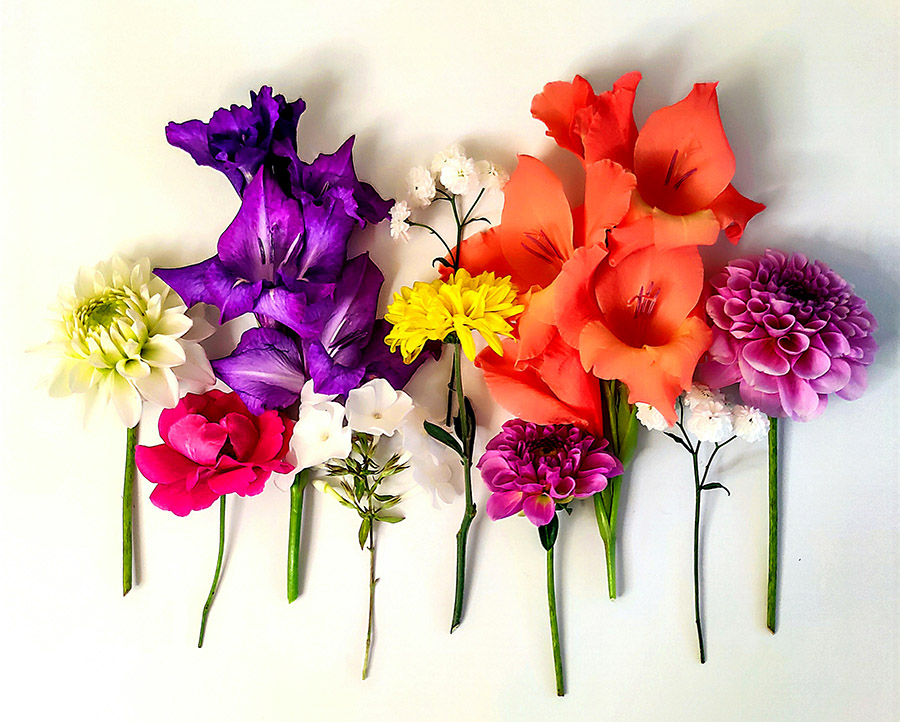
Florists often find themselves inspired by the colors, forms, and themes inherent in famous artworks. By studying these masterpieces, they can curate arrangements that embody the essence of the original pieces while also standing firmly on their own as works of art. Here are two key ways that local florists use art for inspiration:
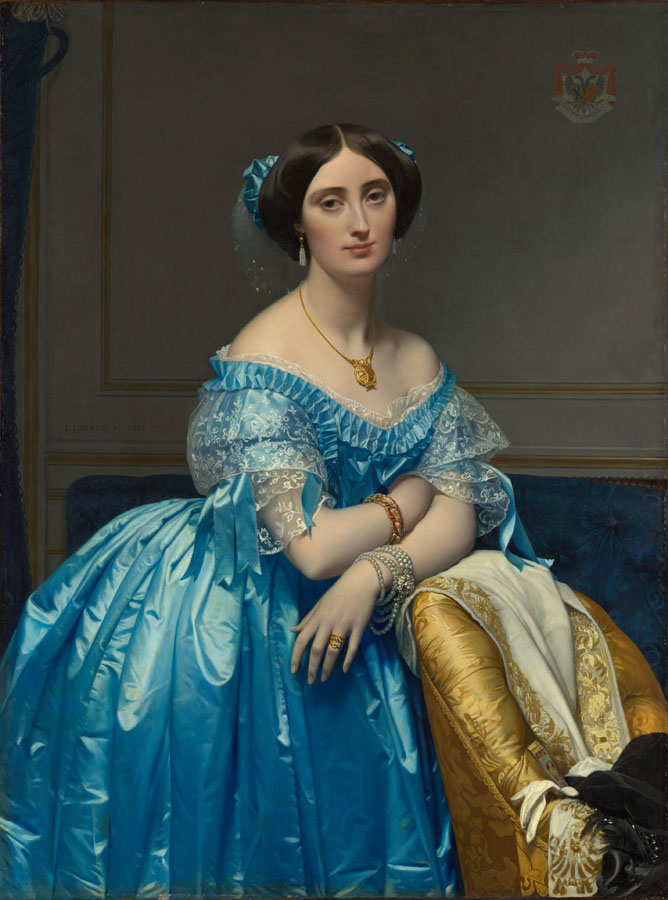
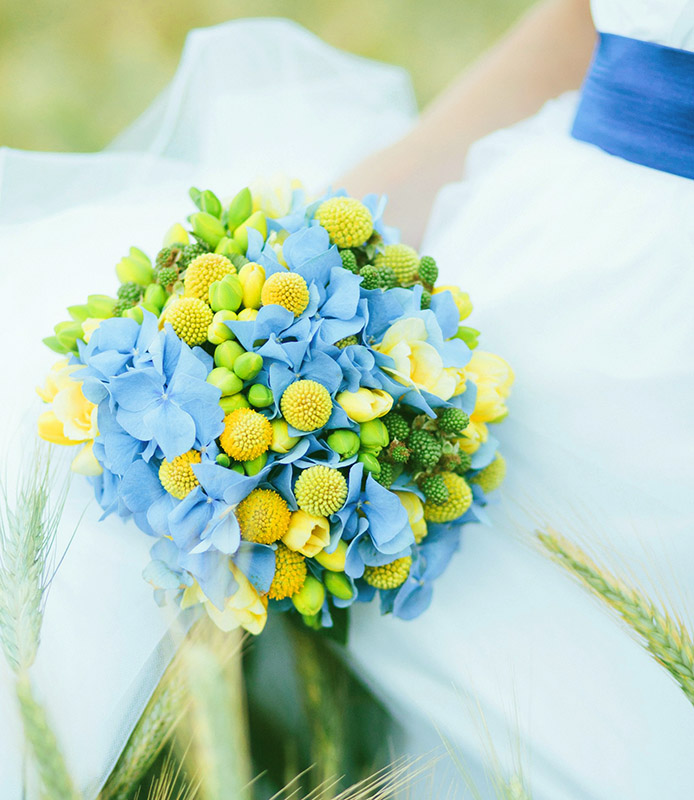
Composition and Color Palettes
- Complementary Colors. Much like an artist chooses a palette to convey emotion, florists select flowers that resonate with each other’s hues. For example, the vibrant reds and greens seen in Van Gogh’s “Sunflowers” can translate into a floral arrangement that evokes similar joy and warmth.
- Mood and Tone. Just as certain artworks evoke specific feelings, florists use sophisticated color schemes to influence the mood of their arrangements. A serene, pastel palette inspired by Claude Monet’s landscapes brings a sense of calm, making it perfect for tranquil settings.
- Organic Shapes. Many famous paintings, particularly those from the Impressionist period, focus on organic shapes and forms found in nature. Florists replicate these organic lines in their arrangements, creating a sense of flow and movement reminiscent of artworks by artists like Renoir.
- Symmetry and Balance. Artists often strive for harmony through symmetry or deliberate asymmetry. Florists employ these techniques, achieving visual balance by strategically placing different flower types and sizes, inspired by the compositional styles of great artist masters.
Themes and Symbolism
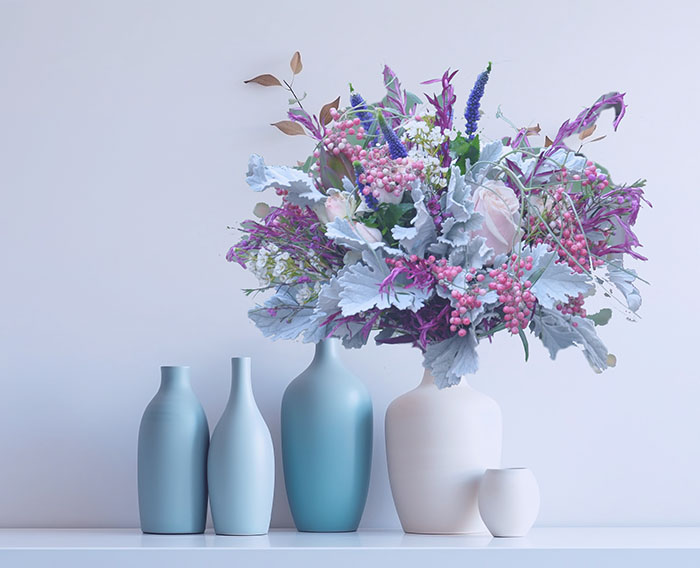
Art often carries deep themes and symbols, which florists can integrate into their designs to convey messages beyond mere aesthetics. Here are two ways in which themes from art impact floral design:
- Historical Context. Florists may draw on the cultural significance of certain pieces of art. For example, arrangements reminiscent of Frida Kahlo’s vibrant self-portraits can incorporate tropical flowers that reflect her Mexican heritage, creating a narrative through floral artistry.
- Seasonal References. Just as art reflects the seasons or times of year, florists may create seasonal arrangements that mimic the aesthetics of seasonal art. A winter arrangement may draw inspiration from the crisp, cool colors of a piece by Caspar David Friedrich, featuring whites and icy blues.
- Narrative Elements. Floral arrangements may also tell stories, much like a narrative painting. A bouquet inspired by Vincent van Gogh’s “Starry Night” may weave in deep blues and yellows, creating a piece that reflects the wonder of the night sky and evokes fascination.
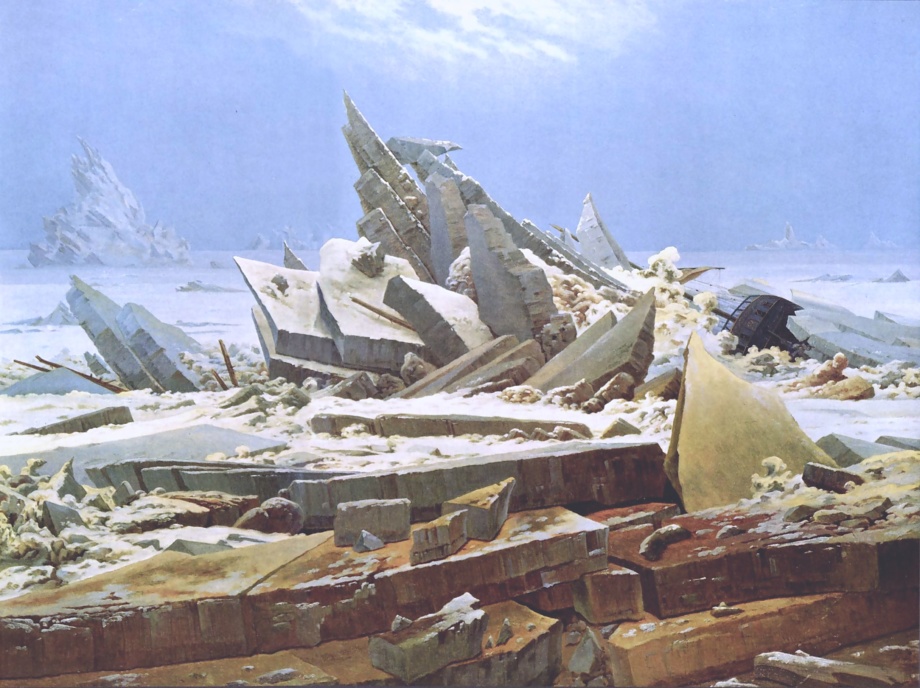
Local florists are adept at blending the beauty of nature with the depth of artistic expression. Their ability to draw inspiration from masterpieces not only enhances their floral designs but also allows them to create arrangements that resonate on a deeper level with their clients. By embracing color palettes, compositions, cultural narratives, and emotions drawn from art, florists create living works of art that celebrate the best of both worlds—nature and human creativity. Whether for special occasions or everyday enjoyment, these artistic blooms truly have the power to inspire and uplift.
